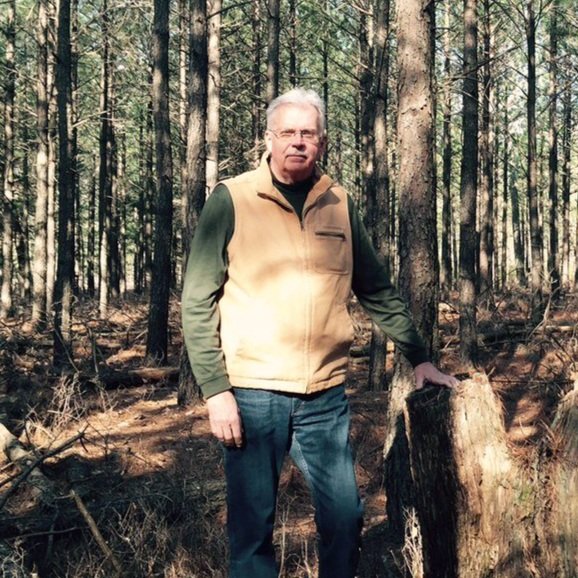Urban Society vs Rural Cultural Traditions: The Real Crisis in the Forest
For many decades, urban society and its “illusion of preservation” has continued to obstruct and suppress our rural communities and their use of the land and natural resources. We are seeing the elimination of our cultural heritage in our time.
Since 1985, Bob Williams has worked as a consulting forester in New Jersey working with both private and public landowners.
In southern New Jersey by government legislation, 1.2 million acres of the landscape has been reserved and protected in what is designated as the Pinelands National Reserve. This reserve includes all aspects of the land ownership both public and private.
Two of the primary reasons for designating the Pine Barrens for protection was to perpetuate and sustain the unique ecological natural heritage and the indigenous local cultural heritage.
We understand the essential need to sustain and conserve the ecological integrity of the land and the natural systems it supports.
Our urban policymakers understand little about the need to conserve our cultural heritage which are both tangible and intangible heritage assets that the local people inherited from past generations.
Whether intended or not, this policy of an environmental priority approach has all but eliminated one aspect of our cultural heritage which is forestry. The region had a tradition of using the forest by local people to provide a living for themselves and the local traditional use of wood products produced on the land locally.
Over the decades, the importance of sustaining our historical cultural human resources has never been given any serious consideration or discussion.
In the early eighties, the government stressed the need to sustain and conserve the cultural heritage of the Pine Barrens. This concern was so important that social contractors were hired to interview and record local pine barren residents to have them explain what specific things they did to sustain themselves and their desire to keep their sense of “place” in the woods.
Yet when I bring this subject up, I’m asked what cultural heritage has to do with forestry regulations? My answer: everything.
Interviews with local folks included many cedar landowners, woodcutters, and sawyers. They all owned their land, cut their trees, and had their sawmills to sell culturally linked forest products to boat builders, clammers, fishermen and historic home restorers to mention a few uses. As this effort to document and develop policy to sustain the cultural and natural history of the region continued, it was made clear how important the role these woodsmen played in sustaining the unique character and ecology of this region. The forest use played a key major role in the creation of the very environment of the Pine Barrens.
It was so important that by 1987 the New Jersey State Museum, the State Council on Arts, and the State Historical Commission opened the largest exhibit ever mounted of the museum devoted to four men who were fully devoted to the traditions and the environment of the Pine Barrens. Yet the future for these traditions remained a concern.
Initial forestry practice rules and regulations subjected forestry efforts to onerous land planning rules similar to housing development. By the early 1990’s many families had simply gone out of business while a few tried to supply their mills with imported wood from Canada or New England. The acquisition of the large, forested parcels by federal, state, county, and local governments, as well as the many land preservation, trusts all of whom do not support an active harvest of wood simply starved the local mills of their needed wood resource and the decline continues today.
Our southern New Jersey woodcutter culture is almost gone. At the beginning of the creation of the Pinelands Reserve, the state documented more than 50 sawmills and operations across the Pine Barrens. I have watched as our forestry infrastructure with its 300-year history simply fade away falling to the “illusion of preservation”.
The original planners for the Reserve had it right – there was to be a balance between the people – use of the forest and the unique biodiversity that resulted from three hundred years of their activities. Yet I see little hope for any of the few remaining sawmills to survive. How are things looking your region of the county?
WRITTEN BY: Bob Williams, Pine Creek Forestry

